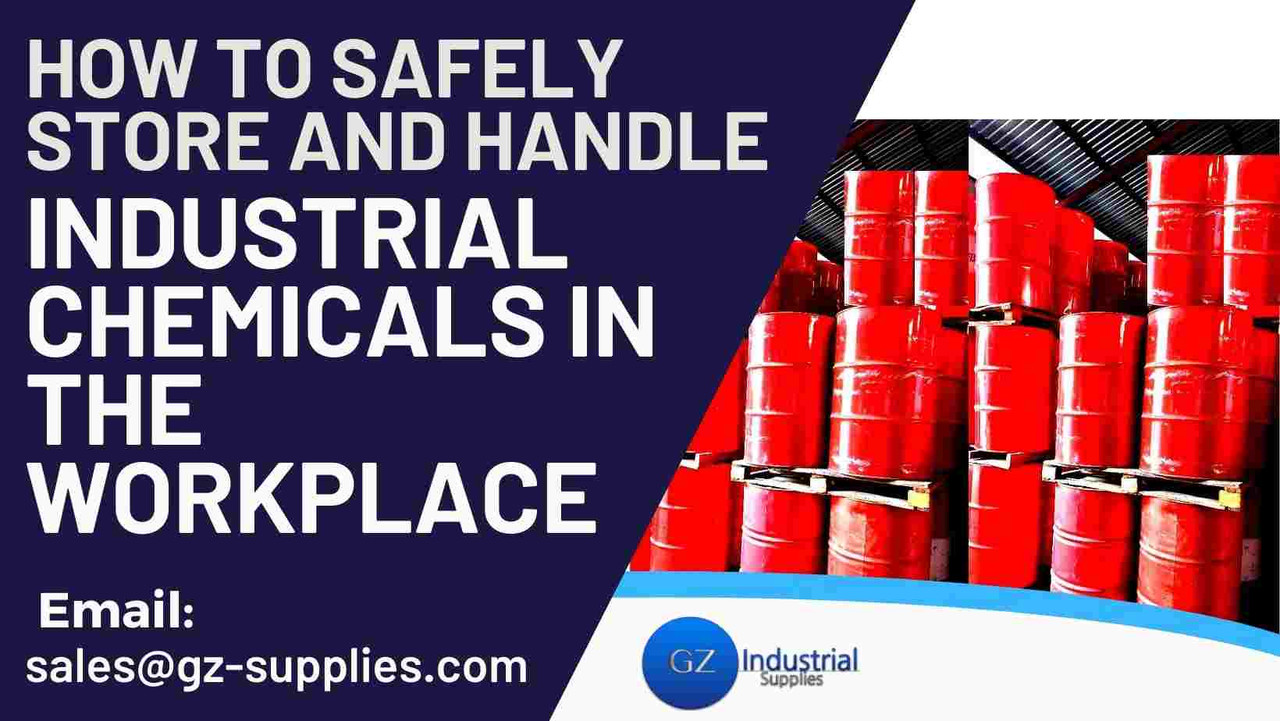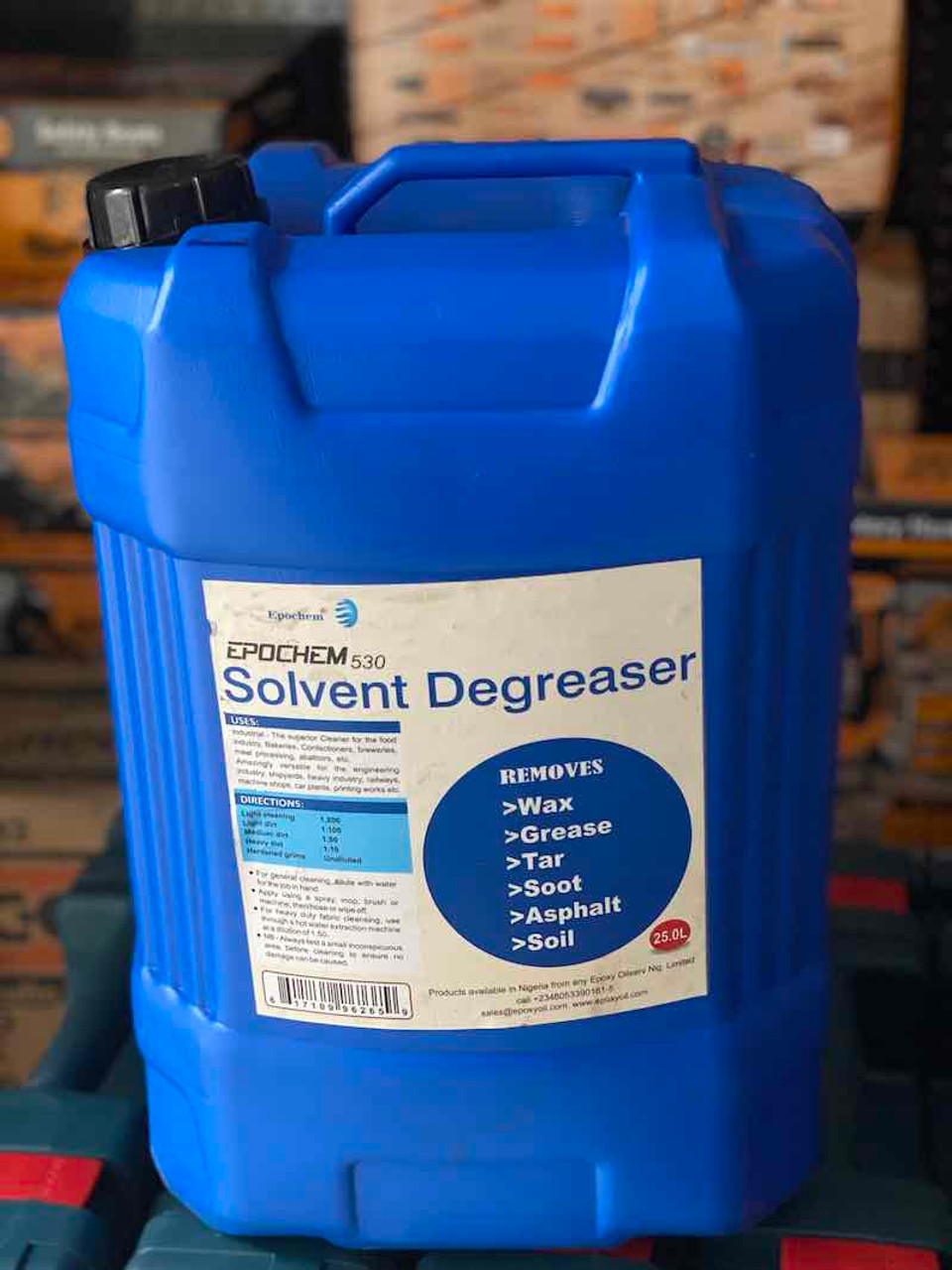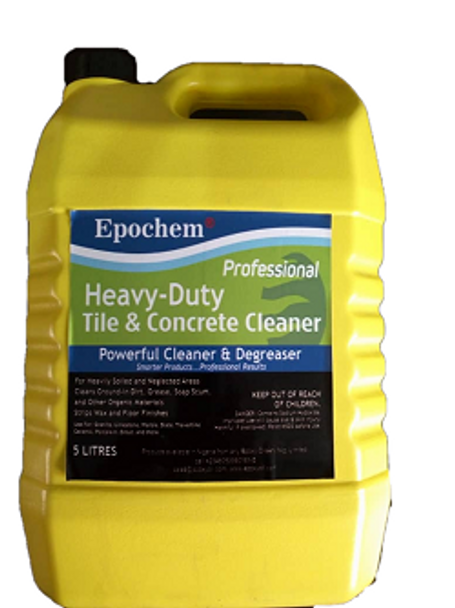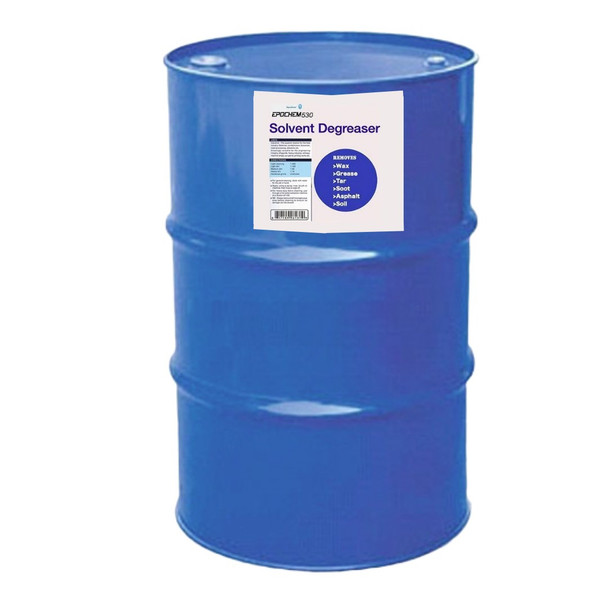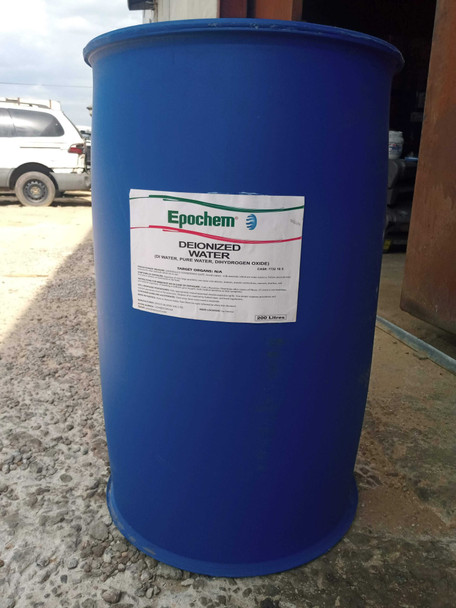How to Safely Store and Handle Industrial Chemicals in the Workplace
There is a need for proper storage of industrial chemicals in the workplace because it is vital in preventing accidents and injuries in the workplace. Accidental spills, exposure, or misuse of industrial chemicals can lead to severe health risks and injuries for workers, so adhering to safety guidelines ensures a secure working environment. One of the crucial methods for safely storing and handling industrial chemicals is to ensure that chemicals are stored based on their compatibility to prevent reactions that may lead to hazardous situations. Grouping chemicals with similar properties and storage requirements helps mitigate risks.
This guide aims to provide comprehensive insights into the essential measures for safely storing and handling industrial chemicals in the workplace. From proper labeling and segregation to ventilation and regular inspections, adopting these practices contributes to a secure and healthy work environment. Let's delve into the crucial aspects of safely managing industrial chemicals to promote a culture of safety and responsibility in the workplace.
Epochem 530 Solvent degreaser 25 liters
Proper Storage Practices for Industrial Chemical
One of the most important aspects of maintaining workplace safety and averting dangerous situations is industrial chemical storage. The following are essential practices :
1. Suitable storage facilities
The use of cabinets refrigerators or other suitable storage spaces when storing non-volatile liquid toxins that need to be contained is necessary. furthermore, refrain from keeping Industrial chemicals out in the open.
2. Segregation and categorization of chemicals
Separate incompatible chemicals to avoid reactions. Store acids away from bases, and segregate flammable materials from oxidizing agents.
3. Labeling requirements
All industrial chemical containers should have accurate labels that clearly state the contents' identity, risks, and recommended handling procedures. This facilitates secure handling and prompt identification.
4. Temperature Control Measures
To stop reactions or chemical deterioration brought on by temperature swings, keep an eye on and regulate storage temperatures.
5. Documentation
Maintain accurate documentation of all stored chemicals, including inventory records, safety data sheets (SDS), and emergency contact information
Epochem heavy duty Tile and Concrete cleaner 5 liters
Safe Handling Procedures
Personal Protective Equipment (PPE) is crucial for ensuring the safe handling of hazardous substances. Here are key considerations:
1. Personal protective equipment (PPE)
The PPE serves as a shield for workers against hazardous substances (mostly liquids or gases), they are used as an interface to access harmful industrial chemicals indirectly, they include the following:
- Eye Protection: Put on the proper eye protection to protect your eyes from chemical spills and possible irritation, like goggles or face shields. When handling substances that could cause eye danger, this is crucial.
- Gloves: Utilize appropriate gloves made of chemically resistant materials to protect hands from direct contact with hazardous substances. The choice of gloves should consider the specific chemicals being handled.
- Respiratory: When handling chemicals that produce vapors, gases, or particulates, use respiratory protection to prevent inhalation of harmful substances. The type of respiratory protection needed depends on the nature of the chemicals and their potential respiratory hazards.
- Full Body protection: Wear appropriate clothing, including long pants and closed-toe shoes, to provide additional protection against chemical spills and splashes. Chemically resistant attire may be necessary in certain situations. In situations where there is a risk of extensive chemical exposure, consider wearing coveralls or full-body suits for comprehensive protection.
safety hand glove Padua black Hase safety work wear
2. Handling techniques and guidelines
To maintain safety and avoid mishaps, industrial chemicals must be handled properly. Key methods and recommendations for industrial chemical storage are as follows:
- General Storage Requirements: Chemicals should be kept in safe, secure places. To avoid spills and mishaps, shelves should be level, sturdy, and fastened to the wall or another structure. Give priority to a well-thought-out sectional warehouse layout for simple inventory administration and upkeep.
- Safe Handling Method: Observe the safe handling procedures listed on the Material Safety Data Sheet (MSDS) and label the chemical. Wearing the proper personal protective equipment (PPE), such as gloves, eye protection, and appropriate clothes, is part of this.
- Container Selection: Use containers that are appropriate for the particular chemicals being stored. Make sure the labels on containers accurately describe what's inside as well as any potential risks. Chemical stock levels should be kept to a minimum to avoid overstocking and to enable effective inventory management.
- Ventilation: Ensure proper ventilation in storage areas to prevent the accumulation of fumes and maintain a healthy work environment.
Epochem 530 Solvent Degreaser 200L Drum
3. Emergency response protocols
To protect both the environment and people, emergency response procedures for the handling and storage of industrial chemicals are essential. These procedures are essential for minimizing the effects of chemical accidents, safeguarding people, and avoiding damage to the environment. Here are some considerations:
- Emergency Awareness: The emergency protocols for hazardous chemical spills and exposures should be known to the staff. This involves being aware of the best escape routes and avenues for communication.
- Emergency Response Plan: Create a chemical spill emergency action strategy. The first course of action is to sound alerts to notify all persons who might be impacted. This strategy needs to be thoroughly recorded and shared with all pertinent staff members. Planning for chemical emergencies involves developing an emergency plan, installing necessary equipment, and implementing response procedures. This includes having emergency showers and eyewash stations readily accessible
- Create and clear Emergency Exit point: Make sure that facilities designated for emergency equipment, such as eyewash stations and safety showers, are visible and accessible. Additionally, to enable a prompt response in the event of an emergency, exits, and passages should be kept clear of stored objects.
Regular Inspections and Maintenance
1. Importance of routine inspections
An essential part of preserving the integrity and security of industrial chemical storage is routine. Here's why regular assessments are crucial:
- Maximizing Operational Life: Regular inspections of chemical storage tanks, equipment, and facilities contribute to maximizing their operational life. Identifying and addressing issues early on helps prevent deterioration and extends the longevity of the storage infrastructure.
- Preventing Leaks and Spills: Annual inspections of chemical storage tanks are essential for preventing leaks and spills. Identifying potential weaknesses or defects in tank structures helps mitigate the risk of chemical releases, preventing injuries and property damage.
- Regulatory Compliance: Regular inspections enable industrial facilities to maintain regulatory compliance. Adhering to set guidelines and regulations is crucial to ensuring the safe storage and handling of chemicals within legal parameters.
- Hazard Identification: Routine inspections facilitate the identification of potential hazards in hazardous materials storage. This allows for corrective actions to be taken promptly, minimizing the risk of accidents and ensuring a safer working environment.
Epochem Deionized water 200L
2. Maintenance of storage facilities and equipment.
Effective maintenance of storage facilities and equipment is essential for ensuring operational efficiency, safety, and longevity. It is critical to inspect and maintain safety gear, attachments, and storage cabinets. This improves overall chemical storage safety by guaranteeing that pressure vessel safety measures are in good operating order. Below are a few suggestions:
- Covered Storage Areas: Equipment should be maintained and stored in covered spaces with sealed, impermeable surfaces. This procedure guarantees a controlled storage environment and lowers the possibility of fluid leaks that could contaminate the surrounding area.
- Optimized Self-Storage Maintenance: Regular cleaning, safety inspections, repairs, and inspections are all part of self-storage maintenance. Optimizing a maintenance plan enhances storage areas' functionality and safety.
- Handling Rotating Equipment Spare Parts: It is essential to handle and store replacement components for spinning machinery properly. By ensuring the durability, usefulness, and integrity of spare parts, this procedure raises the general dependability of rotating machinery.
Related Article;
5 Essential Industrial Chemicals for Manufacturing and Their Uses
Conclusion
Proper storage and handling of industrial chemicals in the workplace will reduce vital risks and mishaps that has the potential of wrecking a worksite, ensuring these practices are religiously followed to ensure safety in the workplace.

